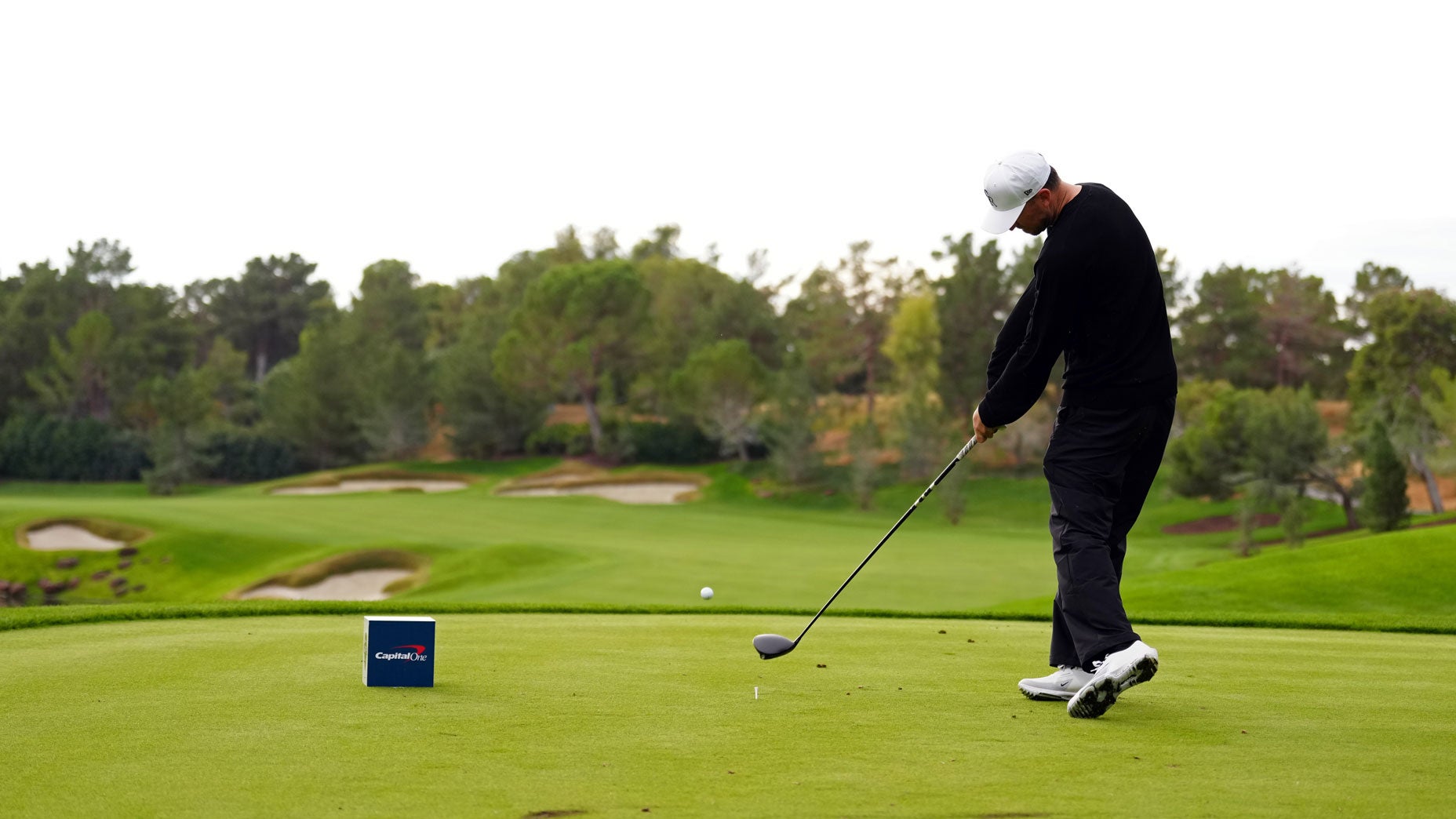Welcome to Play Smart, a regular GOLF.com game-improvement column that will help you become a smarter, better golfer.
Getting longer off the tee is a goal of just about every golfer, but at the recreational ranks, few know how to go about the pursuit effectively. Exercise and speed training are great places to start, but there is a way to hit the ball longer without increasing your speed, and it all starts with changing how you swing.
With the proper technique, you can add yards off the tee quite easily. The trick is nailing down that technique and applying it to your own game.
You’ve probably heard the term “tee it high and let it fly.” Unlike most cliches, though, this one is quite practical as well. Hitting the ball longer can easily be accomplished simply by teeing it high and increasing your attack angle.
In the video below, GOLF Top 100 Teacher Jonathan Yarwood demonstrates a great drill for teaching you how to properly hit up on the ball. If you can implement it into your own swing, you’ll see distance gains in no time.
Hit down and across your driver? Pop it up or cut it? 🤷🏽♂️⛳️🤦🏻♂️ Here’s a simple way to get the attack angle up and path to the right so it will draw as well as gaining some speed. #golf #golfing #golfer #golfswing #golftips #golfr #golfcoach#golflife #golfaddict #golfstagram pic.twitter.com/iE0jN3aIOM
— JonathanYarwood (@JonathanYarwood) November 12, 2024
How to increase your attack angle
Increasing your angle of attack with a driver can be difficult for lots of amateur golfers. Hitting irons and wedges require a negative angle of attack, while the driver requires the opposite. This change in technique between clubs can make achieving the right angle of attack difficult for some to master.
If you’re struggling to hit up on the ball, give the drill above a try. Start by putting your lead hand in your pocket and then gripping the club with your trail hand. Swing back to the top and then to start the downswing bump your lead hip forward and drop your trail shoulder.
“Drop your head back and then throw the club,” Yarwood says. “The drive of the club exits higher, it freewheels more. Stay back and throw it and it’ll get the angle of attack up.”
Once you get the hang of this feeling, take your normal address and try to get the same feeling during the swing. When you do it correctly, you’ll get a positive angle of attack and produce much longer drives.









